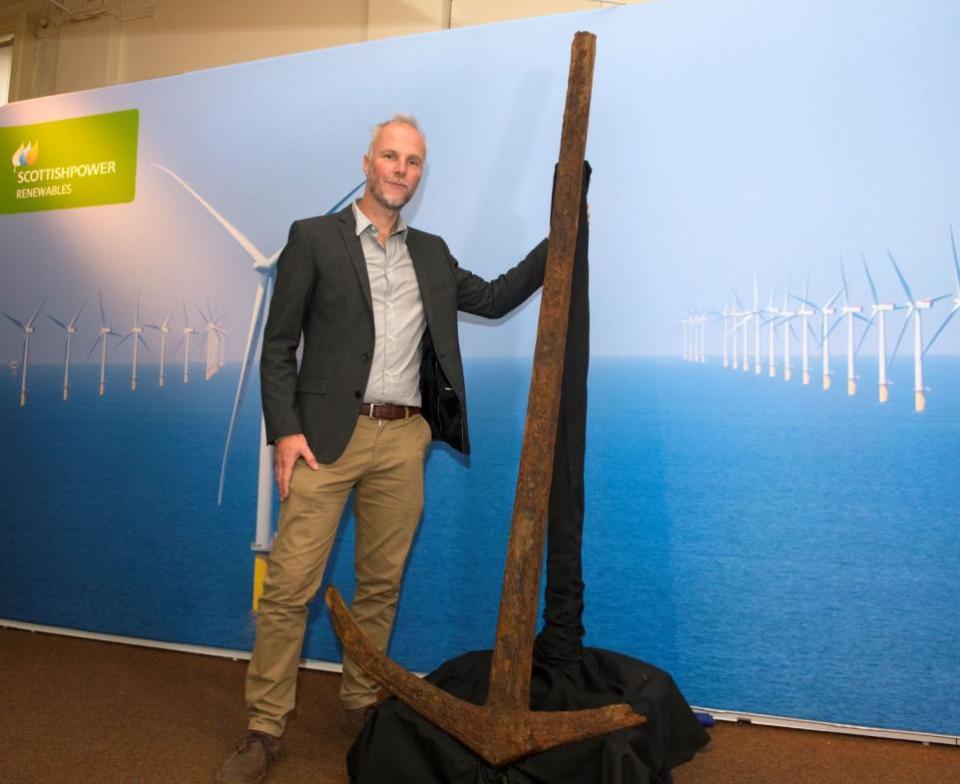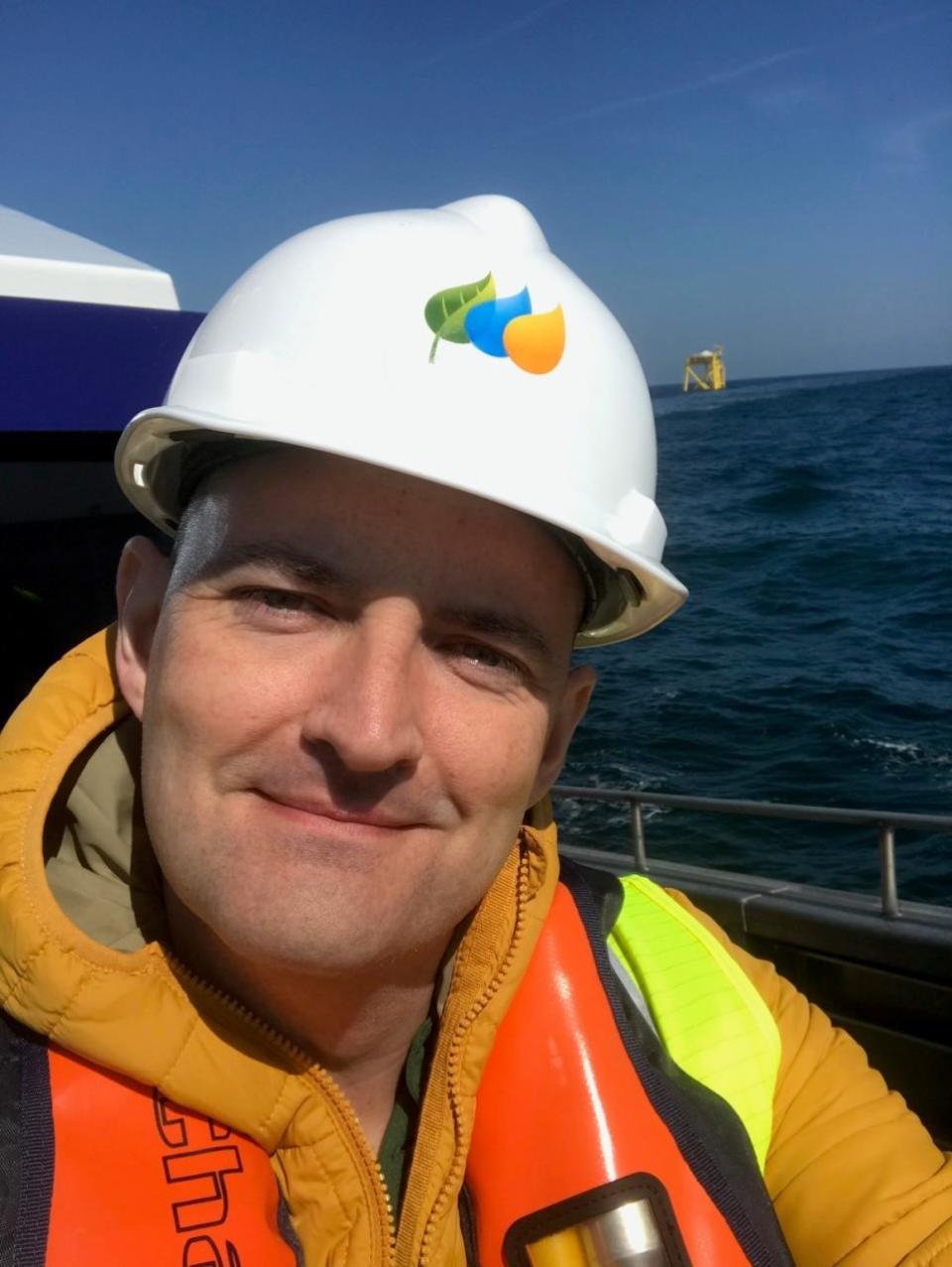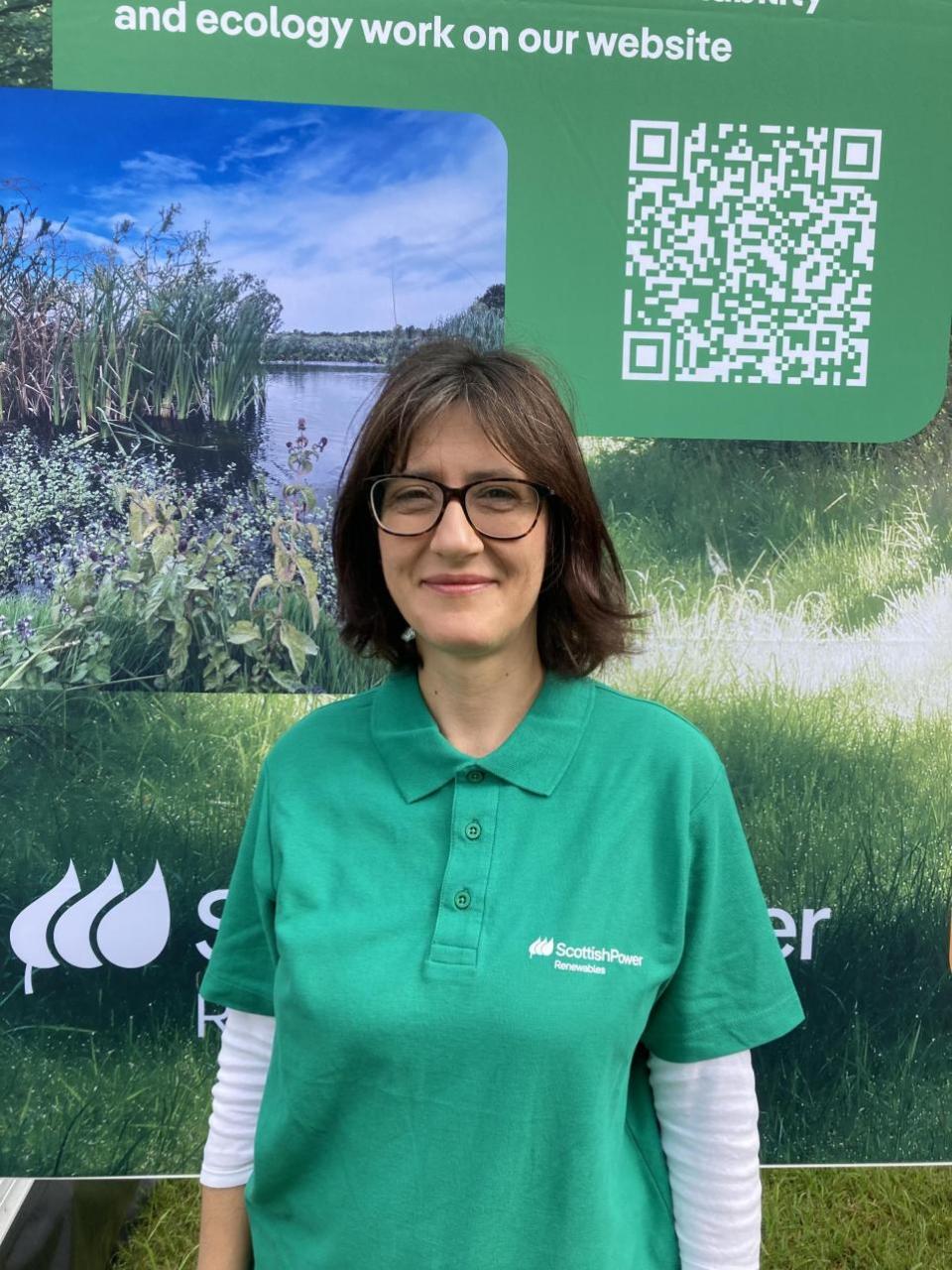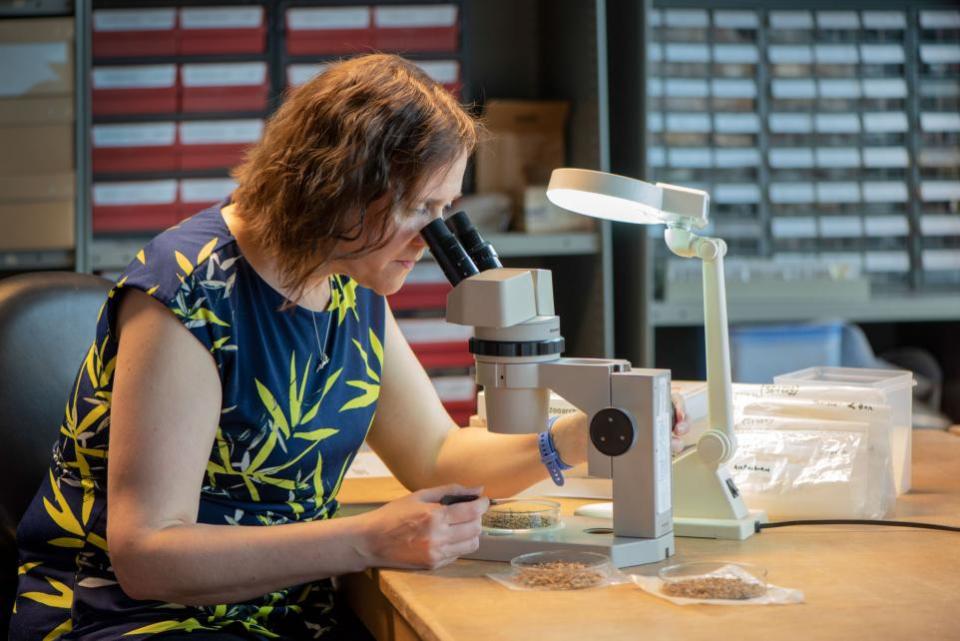Archaeological conservation is a key feature of ScottishPower Renewables’ (SPR) wind farm developments off the Suffolk coast.
As part of its commitment to carry out all survey and construction work sensitively, SPR has liaised with local and national partners, uncovering some interesting discoveries along the way – including the uncharted wreck of a World War I German submarine .
One of the most interesting discoveries was a wrought iron anchor found at the bottom of the southern North Sea during survey works on the East Anglia ONE offshore wind farm.
The anchor went on temporary display at Ipswich Museum in 2022 and attracted over 300 visitors in one evening.
“Although we initially thought it could be as early as Roman, it is slightly younger at 500-600 years old, but ground-breaking imaging of the internal structure shows that it bridges the gap between the medieval method of hand forging and the earliest method. industrial,” said Brandon Mason of Maritime Archeology Ltd, the curatorial archaeologist for East Anglia ONE.
“It is the missing link in the process of creating a piece of technology that has changed so little in its outward appearance over two millennia, and one that we would not have discovered without the careful development of the wind farm and the resources to study it this. “

Brandon Mason with the unique anchor found during survey works for East Anglia ONE (Image: SPR)
Brandon works closely with consent compliance project manager Mark McMullin (right) and SPR’s offshore development team to ensure any impact on the historic offshore environment is minimised.
“The project also has a great working relationship with consultants at Historic England, undertaking monthly updates with them since I have been involved since 2015,” said Brandon.
Most offshore archaeological work is based on remote sensing – using geophysical techniques such as sonar, magnetometry or sonar bathymetry.
This allows archaeological exclusion zones to be designated around sensitive features respected by all vessels and activities, and monitored through a resurvey every few years.


Mark McMullin, compliance project manager at ScottishPower Renewables, agrees (Image: SPR)
Major archaeological work has also been completed along the onshore cable route that connects the SPR wind farms to the National Grid electricity network.
This activity is now underway for East Anglia THREE, with fieldwork carried out on East Anglia ONE in 2017 and 2018.
The largest series of archaeological excavation sites on the Deben peninsula was at Bawdsey, where up to 500 years of continuous Iron Age and Roman settlement left behind thousands of pottery shards, a large amount of animal bone (including a fragment of a whalebone ). ), and evidence of making salt.
“Several ditches found during the same excavations marked house enclosures that revealed lost fragments of medieval Bawdsey, and possibly also a town enclosure on the edge of the poorly documented medieval port of Ghoseford,” said Marta Menchi, senior project manager ( offshore development). ).
“Not far to the west near Martlesham, across the River Deben, very early evidence of cereal cultivation has been provided by rock grains found in a pit some 5,400 years ago, during the early Neolithic period.”


Marta Menchi, senior project manager (offshore development) (Image: SPR)
Traces of medieval buildings were found further inland, as well as some dating back to the end of the Bronze Age.
“Until recently it has been difficult to identify settlements of this period from an archaeological point of view, but the linear character of the East Anglia ONE route has provided an opportunity,” said Marta.
All the finds on shore are now being analyzed by The Museum of London Archeology (MOLA) and the Cambridge Archaeological Unit (CAU), and the underwater finds are in the care of the Maritime Archaeological Trust and the Mary Rose Trust.


All the archaeological finds are currently being analyzed by experts before they are published and archived in 2026. (Image: SPR)
The program is due to conclude in 2026 with the publication of reports, books and journal articles, as well as the archiving of artefacts and records with Suffolk County Council.
“You never know what you’re going to find”, said Marta, “so we always expect the unexpected!”
Mark added: “Ultimately, it’s about sharing what we’ve discovered about the region’s history and delivering a cleaner, greener future. It’s exciting to be a part of that.”
For more information, visit spreastanglia.co.uk


This article is part of LOCALiQ’s Clean & Green campaign, which aims to promote our region as the largest region in the UK and Europe for all forms of renewable energy.